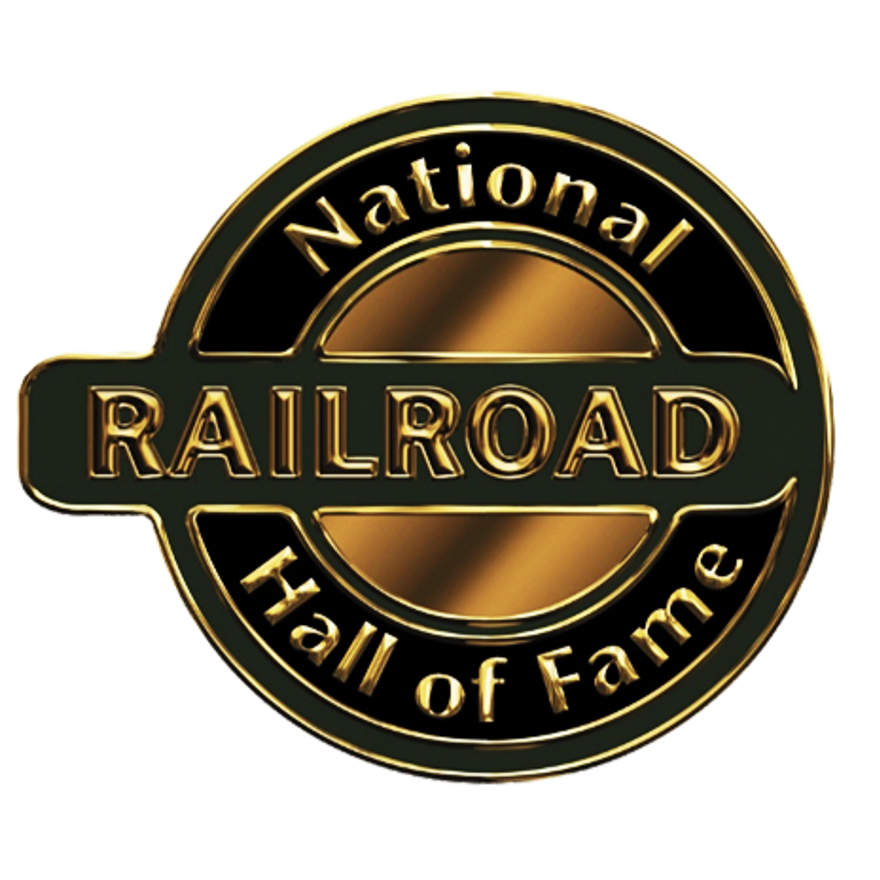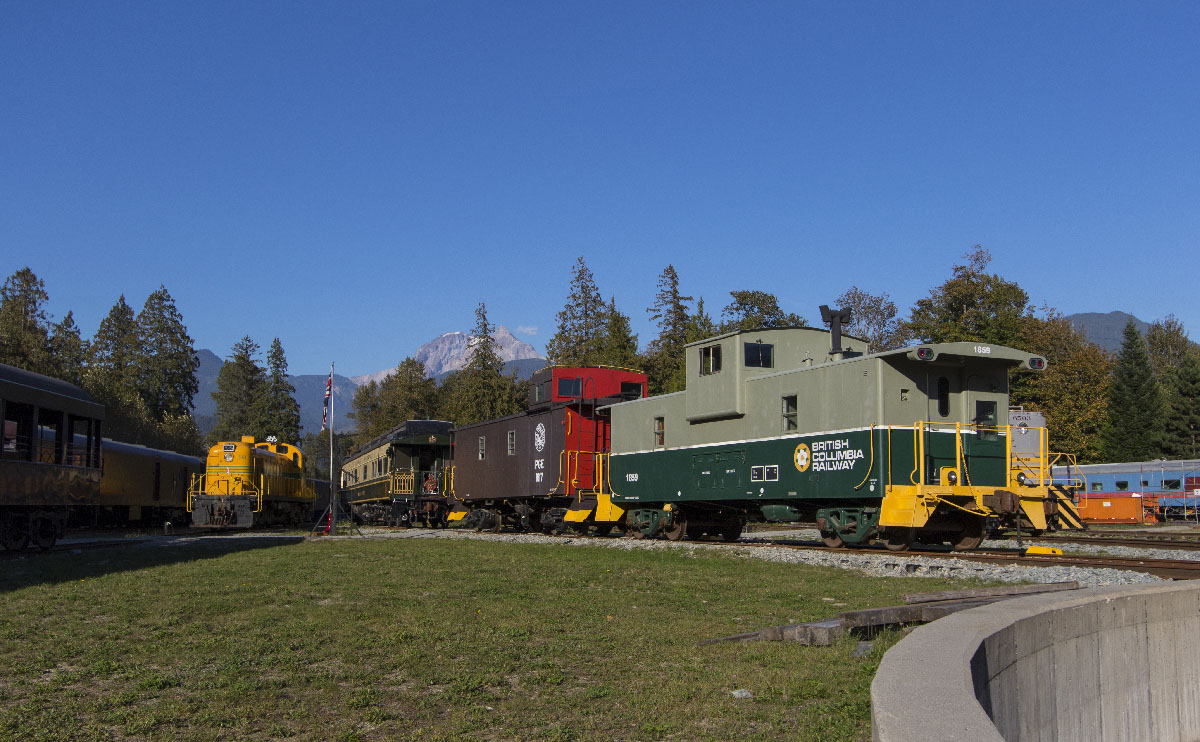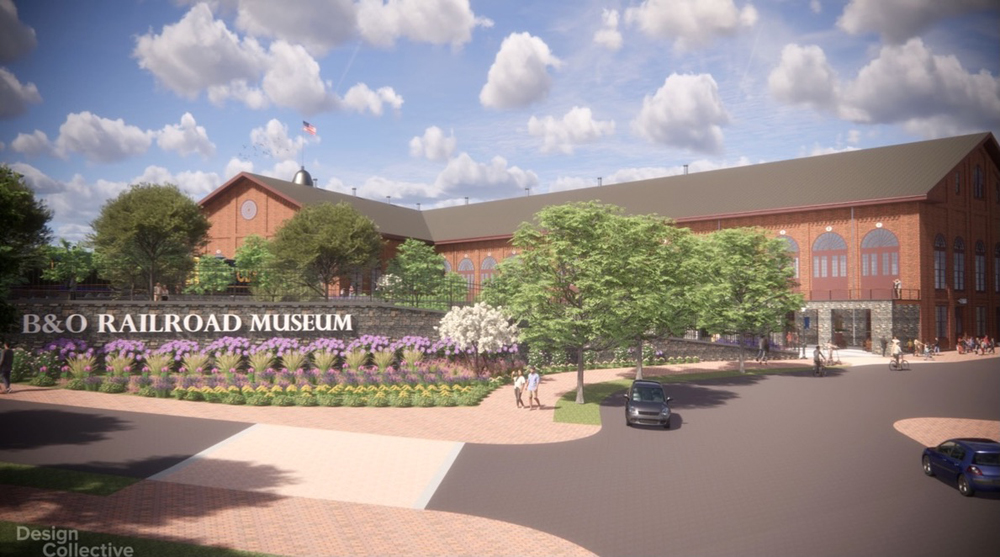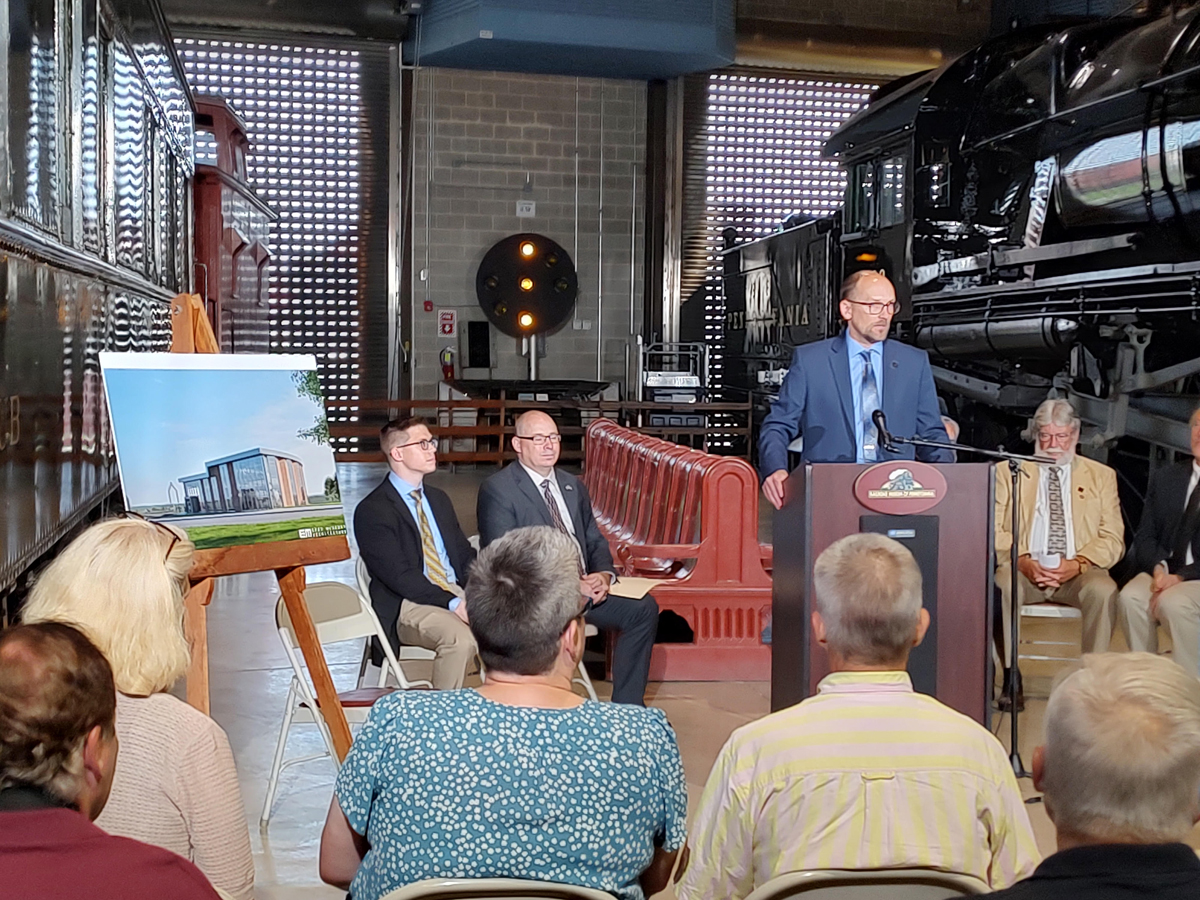
MERIDA, Yucatán — Described in the Yucatán Times as a new “Central Park” for Mexico’s Yucatecan capital, Mérida’s Gran Parque La Plancha [La Plancha Great Park] is a recreational development to the downtown’s former railyard of the Ferrocarriles Unidos de Yucatán [United Railways of Yucatán]. Amongst the new green areas, pathways, an artificial lake and amphitheater, a local railroad museum that has called the site home for 23 years will also be retained with a fresh look.
Incorporated in 2000 as a private enterprise, the Yucatán Railroad Museum utilized the yard to store, preserve, and exhibit 38 locomotives and pieces of rolling stock outdoors. Many of which were donated by Ferrocarriles Nacionales de México.
“We served the local population, and both national and international visitors as best as we could with our very limited resources,” said Juan Manuel Celorio, general director of the former museum. “It was hard keeping all those units from rust and corrosion, so we painted and painted most of them again and again.”
Since 2022, the old museum has been incorporated into the La Plancha Great Park project. While the equipment will still call the park home, minor relocation with heavy cranes was necessary as the new museum will be established in front of a man-made lake, according to the Diario de Yucatán. Celorio confirms that the relocation process is complete and cosmetic restorations are underway by the National Defense Secretariat (SEDENA). The Yucatán Railroad Museum’s Facebook page continues to provide updates on a regular basis.
“The new museum decided to cosmetically restore about 25 of the 38 pieces of equipment we had and allowed us to recommend paint schemes,” Celorio explained. “We are working hand in hand with the military personnel assigned to the project and feel fortunate that so many pieces of the old museum’s collection are being cosmetically restored.”
A key restoration effort for the new museum is a three-track building that was once a warehouse to store precious wooden ties and sleepers. Now, it will store some of the prized equipment as part of an indoor exhibit. Highlighted locomotives include two of the three surviving ALCO “Century” C-628 diesels, and one of the last American-type 4-4-0s to be built by the Baldwin Locomotive Works. Locomotives and rolling stock that won’t be inside will be designated as outdoor displays throughout the park.
La Plancha Great Park is scheduled to open by the end of 2023, followed by the completion of the new museum in 2024. According to Celorio, the museum itself will be managed by a subsidiary company of SEDENA. As for Celorio himself and many others from the former Yucatán Railroad Museum, “Amigos del Museo de los Ferrocarriles de Yucatán [Friends of the Yucatán Railroad Museum] has requested usage of a second-class passenger car that houses our HO-scale layout and an adjacent caboose, thus continuing to be part of the project, albeit a much-reduced position.”















There are several rail museums in Mexico including the Railway Museum in San Luis Potosi, the Old Railway Station Museum in Aguascalientes, Aguascalientes; a former station along the Interoceanic Railway of Mexico in Cuautla, Morelos which serves as a museum; the Museo de las Ferrocarilles en Yucatán is in Mérida, Yucatán; and the National Railway Museum in Puebla, Puebla.
Dr. Güntürk Üstün
Locals nicknamed the 4-4-0 steam locomotives as “toros de fuego (bulls of fire)”.
Dr. Güntürk Üstün
The author neglected to mention what gauge the Yucatan locomotive is, so I have to assume it is 3′ /914mm according to just one of many websites about the Yucatan RR, most all of who also neglected to mention that, sigh! I usually rely on Wiki to get technical details right. https://www.wikiwand.com/en/Ferrocarriles_Unidos_de_Yucat%C3%A1n